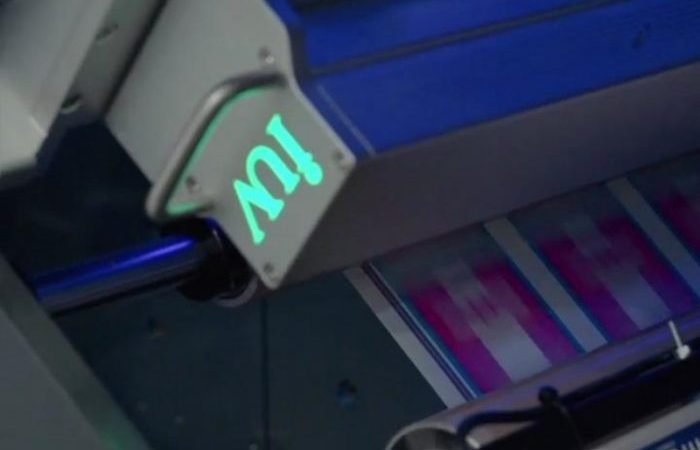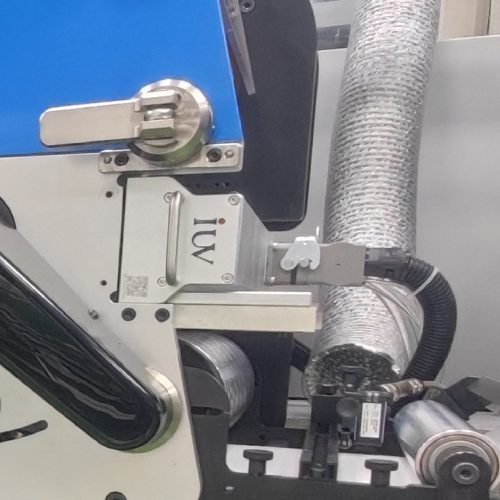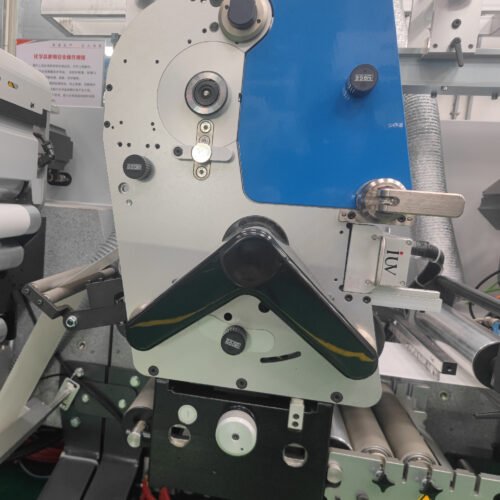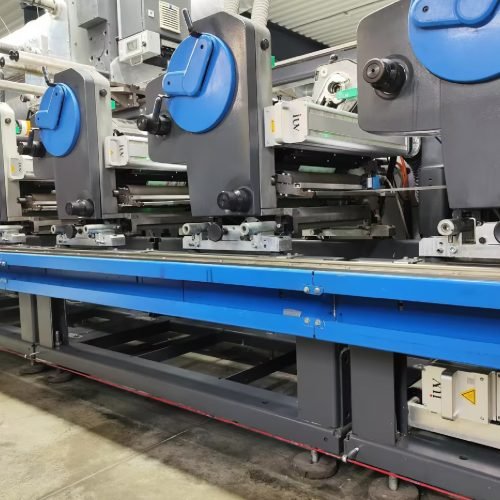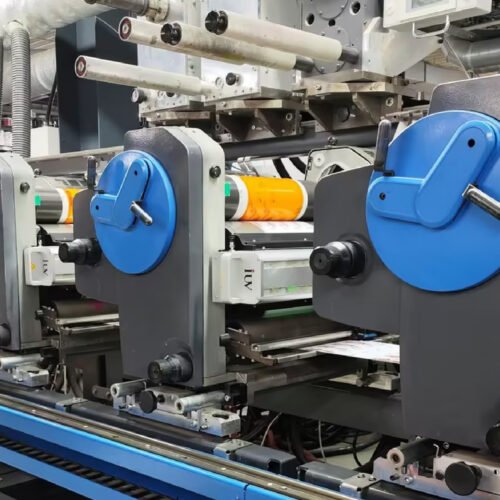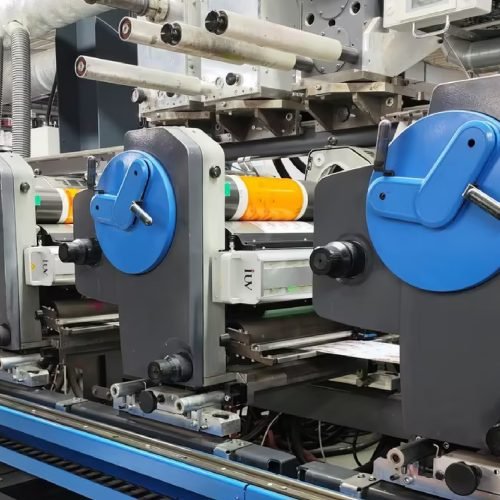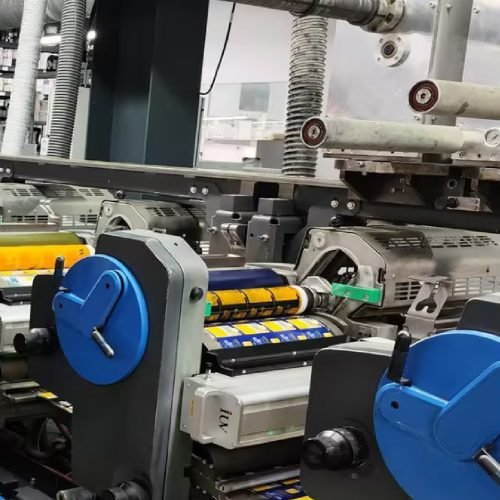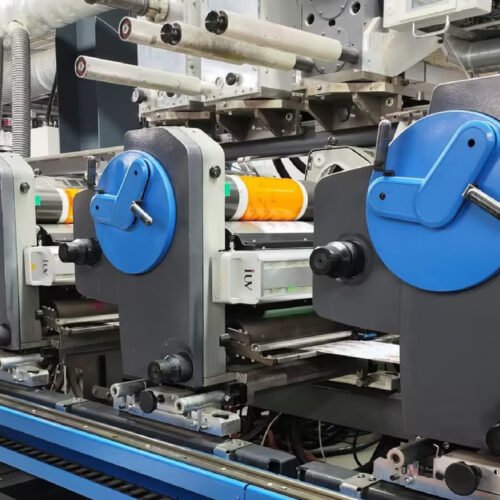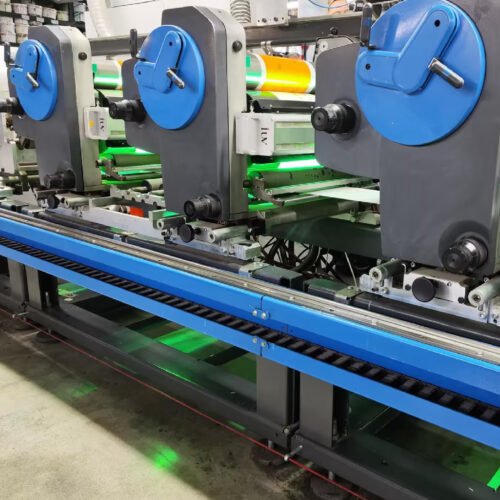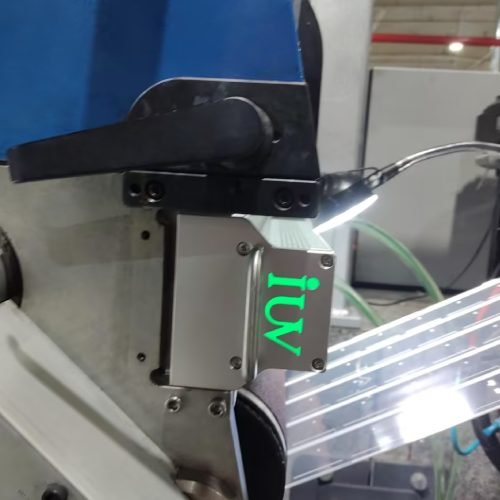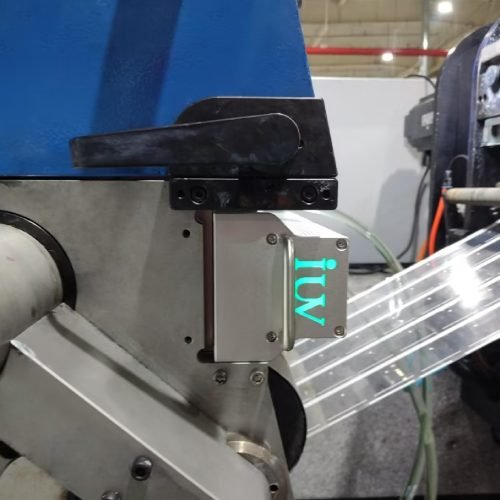LED UV curing has revolutionized label and packaging printing with its energy efficiency, instant curing, and compatibility with heat-sensitive materials. However, achieving consistent curing performance requires precise control of multiple process variables.
Below are the six most critical factors influencing LED UV ink drying—supported by industry data and best practices.
1. Wavelength Matching: The Foundation of Effective LED UV Curing
LED UV systems operate within a narrow wavelength range (365–405 nm), making wavelength–ink compatibility essential.
Why Wavelength Matters
385/395 nm is the most common wavelength in commercial printing due to excellent compatibility with standard ink formulations.
Incorrect wavelength leads to incomplete curing, adhesion failures, or residual surface tackiness.
Best Practice
Always check your ink manufacturer’s spectral absorption requirements to match the correct LED wavelength.
2. Irradiance & Energy Density: Balancing Speed and Print Quality
Irradiance (W/cm²)
Represents the instantaneous UV power hitting the substrate.
High irradiance (≥ 1.5 W/cm²) allows faster curing
But excessive intensity can overheat thin films
Energy Density (J/cm²)
Ensures ink cures through its full thickness.
For opaque inks, target ≥ 500 mJ/cm² to prevent an under-cured ink core
Best Practice
Use UV energy meters to monitor lamp output in real time
Fine-tune lamp power or conveyor speed to maintain stable curing
3. Substrate Properties: Surface Energy & Reflectivity
Different substrates react very differently to LED UV curing.
Low Surface Energy Materials (PET, PE)
Require pre-treatment to achieve >42 dynes/cm
Common methods: corona, flame, or plasma treatment
Reflective Substrates (Metalized Films)
Benefit from aluminum-coated backings, improving UV absorption by 20–30%
Porous Substrates (Uncoated Paper)
Require lower ink viscosity (22–28 sec, Zahn Cup #2)
Prevents over-penetration and uneven curing
4. Environmental Conditions: Temperature & Humidity Control
Maintaining the right printing environment is vital for stable curing.
Recommended Conditions
Temperature: 20–26°C
Humidity: 50–65% RH
Why It Matters
High humidity (>70%) slows LED ink polymerization
Low humidity (<40%) increases static buildup, especially on film substrates
5. Cooling Systems: Preventing Overheating & Extending Lamp Life
Even though LEDs emit less heat than mercury lamps, proper cooling remains essential.
Best Practice
Keep LED arrays below 40°C using active cooling
For heat-sensitive substrates (e.g., PVC):
Use pulsed UV output
Keep duty cycle <80% to reduce thermal load
Result: 30–50% longer lamp life and reduced substrate deformation.
6. Ink Formulation: Photoinitiators & Additives
Ink chemistry plays a major role in curing performance.
Key Factors
Dual-cure inks with 0.5–1% amine co-initiators help overcome oxygen inhibition on non-porous substrates
Pigment color influences curing:
White/black inks require 15–20% more energy density
Cyan/magenta cure more efficiently due to lower absorption
Troubleshooting & Optimization Guide
Adhesion Failures
Solution:
Increase surface energy via plasma treatment (≥48 dynes/cm)
Use epoxy-modified inks for rigid containers
Inconsistent Curing
Solution:
Calibrate UV lamps every 400 operating hours
Replace LEDs showing >10% intensity loss
Cracking or Delamination
Solution:
Match ink modulus to substrate (ideal: 3–4 GPa)
Reduce web tension to <2.2 N/mm²
Why LED UV Curing Outperforms Traditional Mercury Lamps
✔ Energy Savings
LED UV consumes 60–70% less power than mercury lamps.
✔ Heat-Sensitive Material Compatibility
Enables stable printing on BOPP, PET, PVC, and foam substrates without warping.
✔ Environmental Compliance
Zero VOCs
Mercury-free
Fully compliant with EU REACH and global safety standards

